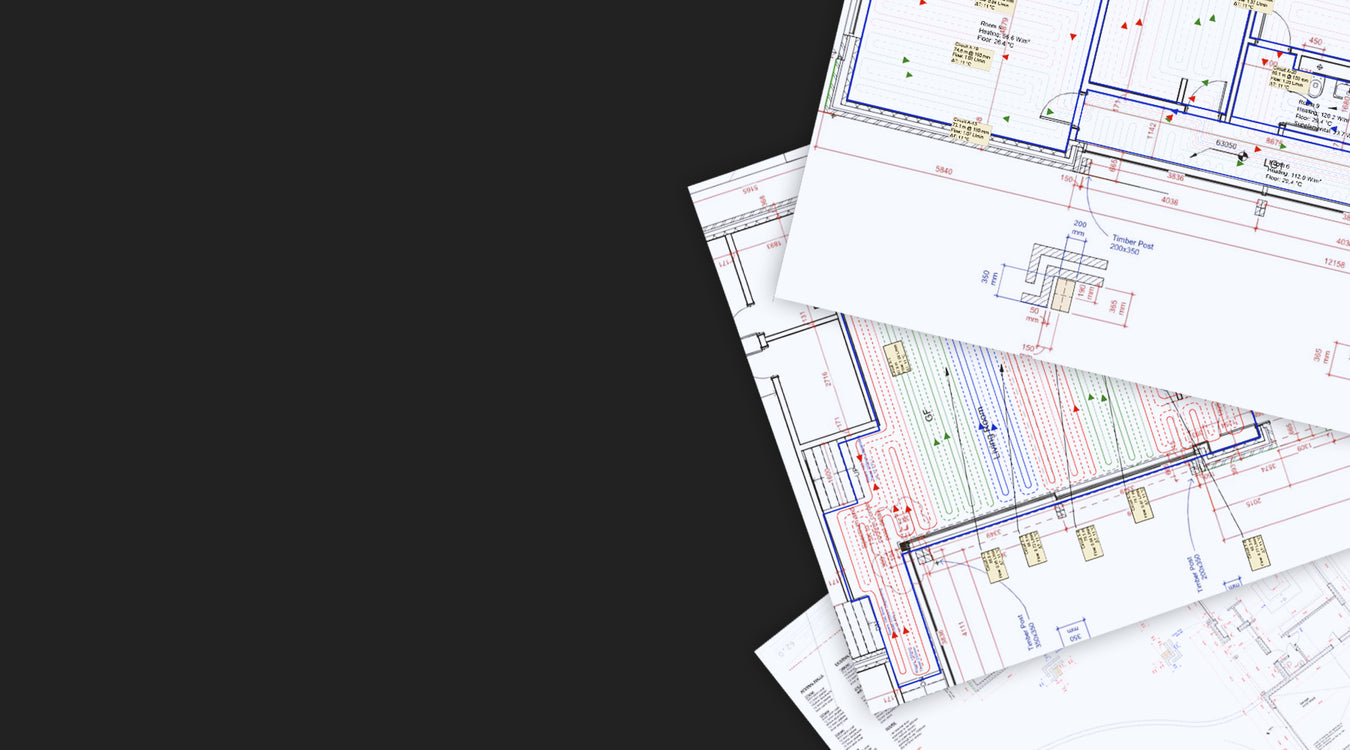You will only want to install underfloor heating once, which is why an underfloor heating design is absolutely essential if you are to gain the maximum benefit. The design of the underfloor heating layout will determine the efficiency of the system ensuring the property is heated evenly from room to room and is most cost-effective.
The existing floor construction should first be taken into account because this will likely affect your decision about the most suitable type of underfloor heating system for your home. In this article, we take a look at what is involved at each stage of the design and planning process.

 Get A Free Quote
Get A Free Quote
 Contact Our Team
Contact Our Team
 View Account
View Account



















































